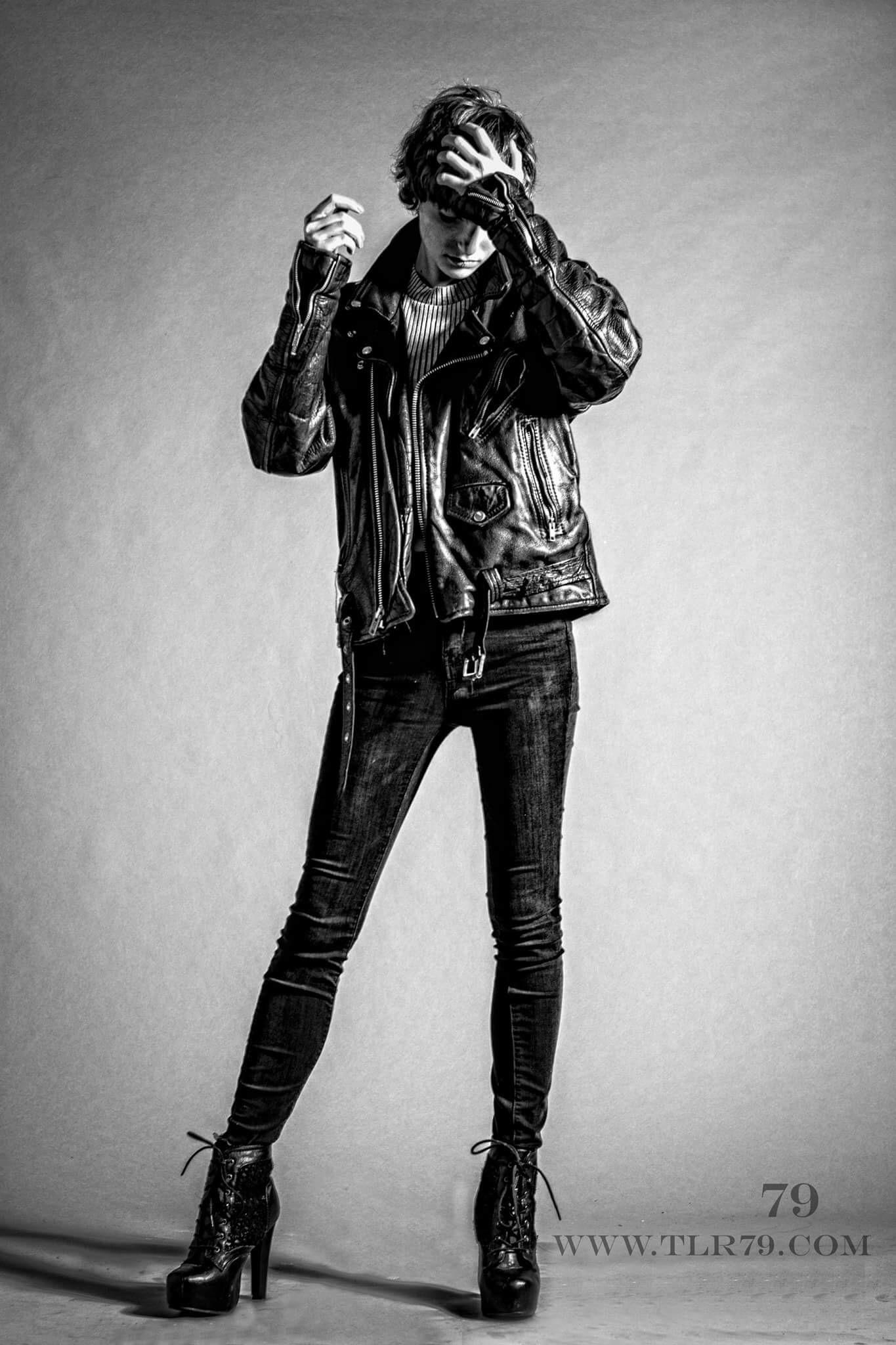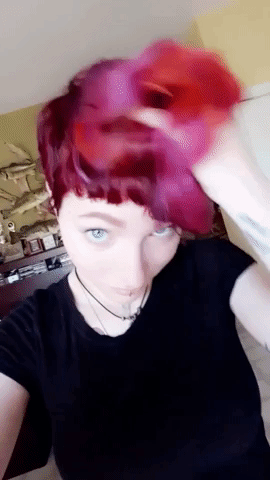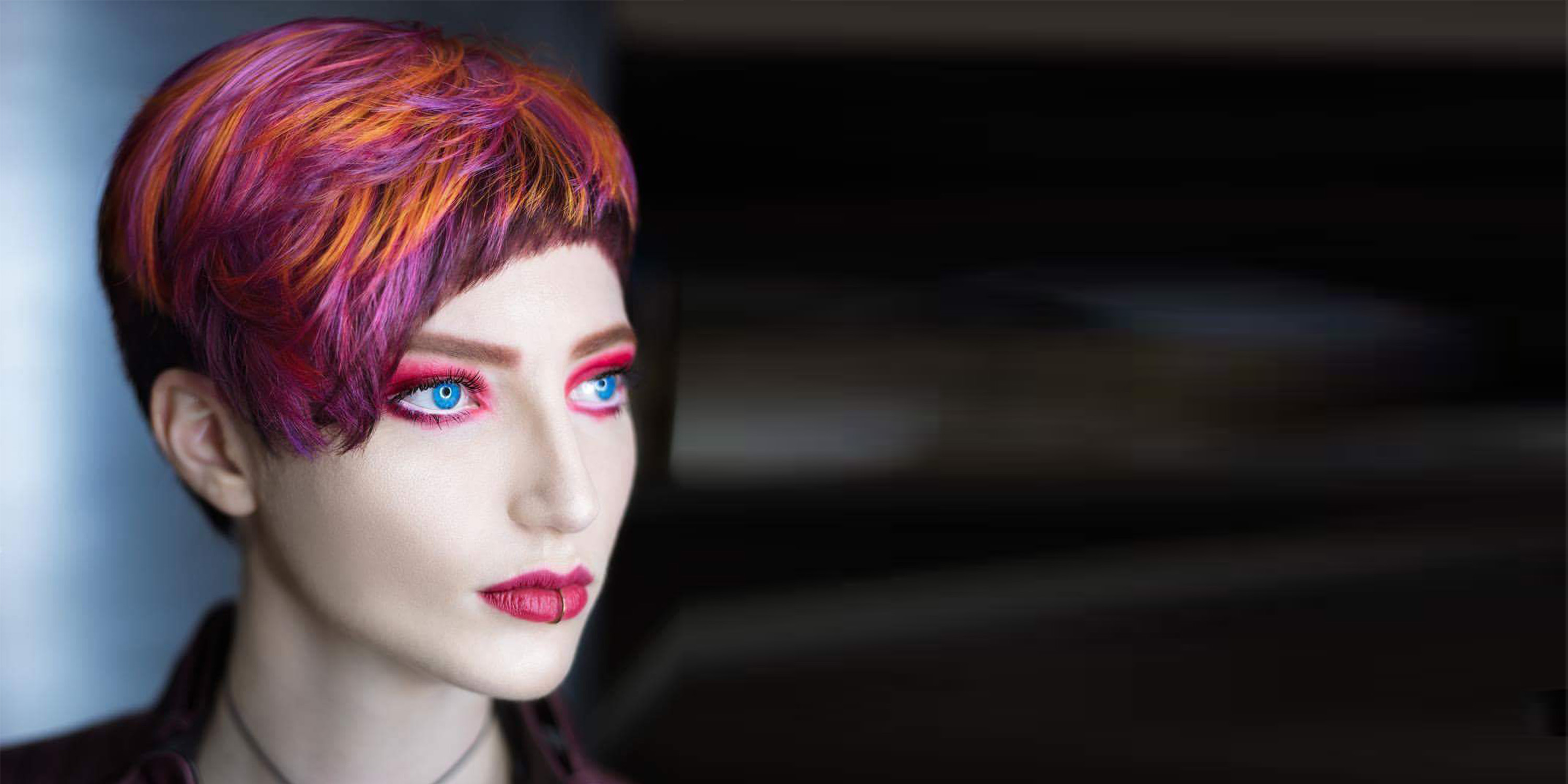A fragile body fell into existence, and then another followed behind. Two crying earthlings, flushed cheeks and nimble fingers. “What beautiful twins,” the nurse exclaimed. Big blue eyes gazed at the world for the very first time, surprised at their own ability to see as yellow-white hairs caressed her forehead, welcoming her into the world. The first was Zack, and then came Ellie.
Ellie Kohn, the girl on the move. Her father, a rabbi, traveled from city to state, from street to temple, teaching and learning throughout the country. Each city became familiar and then a memory; each house became a home and then an afterthought. It was difficult to leave her favorite rooms and abandon the tree outside her window. Finances came into question as moving became habitual, but money always seemed to find a way into their lives.
Everything stopped when the final moving truck arrived. “Permanence” was a lie her family had told her before, because staying anywhere never felt realistic. She was spinning on an axis with no way of stopping. That house would never be a home, that tree would never be her tree. She felt disingenuous memorizing an address she would never belong to. But this time was different. Everything felt more stable.
Ellie was unfamiliar with “Elgin,” a strange name for a strange town. She heard it was close to Chicago. That name seemed less strange. In her heart, the city girl built skyscraper-sized dreams, she felt connected to the concrete jungle like a bird feels connected to the sky.
It was a good childhood.
“Dad was supportive of what we wanted to do. I was into the scholarly subjects; my brother was into labor, my older sister had a deep fascination of the arts,” said Kohn. “It didn’t matter what we did, dad was proud of us. We were old enough to have friends but too young to keep in touch. We went to private school, an institution for Jewish kids like us. We had each other.”
Summer left and fall followed. She was hurled into a new life at public school, which was no less foreign than it was frightening. The typical eleven-year-old at her school had a friend group, knew the school, knew their place. The typical eleven-year-old at her school had concept of what constituted as “normal” and what determined “coolness” in the eternal competition for elementary popularity. Ellie fit neither definition.
“I was the only Jewish kid at my school. I was the only Jewish kid people around me had ever met. I found myself explaining what I thought was common knowledge. I found myself explaining why I was different,” said Kohn.
Different.
It was a word she became familiar with quickly. Assimilation was always the goal. By the time she turned fourteen, routine identity management came second nature. Internally she was the same Jewish girl she had always been, yet simultaneously, her culture felt threatened. She no longer wanted to feel like a target.
“She was really friendly to the point where some people were put off,” said Glenn Johnston, her former classmate. “She fit in well with the theater crowd.”

Photo by William Edwards, courtesy of Ellie Kohn.
In high school, she was cast in several plays, taking on parts in “Oklahoma” and “Grease.” However, even in when she wasn’t cast in a show it felt like she was still playing the same starring role. Her performance of “traditional American teen” became a character she would never break until Chicago.
Grow your hair a normal length. Dye your hair a normal color. “It’s time to tone down,” she thought to herself, and settled for a ginger color. She never felt ashamed for being different, but insecurity had a tendency to weigh her down. At the time, these differences were everything she was defined by. “I am normal” became an affirmation she repeated daily.
Chicago poured light into her being. It wasn’t like the move from New York, it felt more important. This time moving wasn’t an obligation but a choice. She was accepted to Columbia College Chicago to study poetry. She was finally “making it” in the city of dreamers after many years of suburban conformity. When she turned 18 she shaved her head, abandoning all restrictions she had once placed on herself years prior. Her fingers grazed over her buzz cut, looking into the mirror as if she had seen herself for the very first time. Her metamorphosis would propel her into a world of uncertainty and excitement, unrestricted. Ellie refused to be defined by her ability to fit the status quo. She was different. She liked being different, even if the world was not completely accepting of this change. The longer she stayed in the city, the more her inner worth grew.
Several months later she received an opportunity. A friend from high school, Natalie Lowden, was studying at a high-end salon and offered Ellie a free haircut as a way to practice her newly developed hair-cutting skills. Shortly after, as if it was fate, Ellie received three offers for separate photo shoots while seated in the Trio salon. Her heart pulsed with excitement as she looked down at the collection of business cards in her hands. Intuitively, Ellie knew the modeling environment would become a place of growth. “Chicago changed me for the better. Way better,” said Kohn. Her excitement flourished, blossoming into motivation.
For so many years her differences had made her feel inadequate. It was a strange, unfamiliar feeling to be desired for the very traits she had tried to hide. Layers of expectations and beauty standards kept her tattoos hidden and her hair conventional throughout her young adult life. Purple. Blue. Red. Golden. Mint. Magenta. She could be anything. Her technicolor hair was a spectacle for all who laid eyes on those ever-changing, beautiful locks.
“Ellie has a unique, timeless and yet completely now look,” said Doug Hanson, photographer for several of Ellie’s shoots. “When it comes to hair she can be a complete chameleon, morphing into a unique character that still is a natural version of herself.”
There was a sense of freedom in adapting to the desires of different agencies. Ellie’s thoughts were no longer consumed by an obsession to fit the female role. Her style was androgynous, she felt inclined to wear bold pieces, bold colors, bold haircuts. Ellie Kohn, the girl with sunset in her hair.

Video courtesy of Ellie Kohn.
Ellie locked her eyes on the lens of the camera as her stylist, Mio Sota, glanced over approvingly. A purple asymmetrical bob caressed her pale face as paint and feathers dripped from her thin frame. The backdrop was pristine, the room spelled of hairspray and beauty products. She had walked into the salon days prior, with no conception of the final product. That was something she did a lot. Over the last two years, frequent salon visits became routine. The relationship between Ellie and her stylist was built on complete trust. She no longer felt attached to prior hairstyles because her hair was greater than herself. The stylist cut, shaved, bleached, and dyed her hair for several hours at a time as the exhausted Ellie fell asleep in her salon chair to the sound of the buzzing shaver. Some looks took eight hours and some took ten, while others required multiple trips to the salon.
Her sleep schedule was dictated by shoots and salon trips, sometimes waking before the sun had risen. The process was tedious and time consuming, but she loved the feeling of plum and fuchsia dye being massaged into her scalp and the satisfaction of watching hair fall from her head onto the ground.
The photo shoot with Sota was for an international competition. Adrenaline built up inside her as she anticipated the clicking sound of the camera shutter. Bright light flashed across her face sending pulses of excitement through her body as the photoshoot continued. She remembered the photographer, John Rawson, telling her “she could really be someone.” The validation filled her mind with serotonin and confidence. She wouldn’t let limiting beliefs dictate her dreams or self-worth any longer.
This photo would live on to be the first of many successes. As a result of the photoshoot, Sota, won the competition. Her hair was broadcast across magazines and billboards throughout the world. Calls, emails, meetings, the offers continued. Ellie Kohn thrived, seeking to embrace modeling as a career. Her life had changed as quickly as her hair.
All the expectations that controlled her as a teenager no longer held power over her. However, in an industry built by beauty standards, her approach was controversial.
“If a traditional model wants to dye their hair blue, they know that they most likely will have to dye it back before they can work again, or risk losing work until they do so,” said Bella Crum, model at the Oscar Modeling Agency. “It isn’t a forgiving industry. I’ve always felt expected to remain static, improving in my craft but never changing my visual appearance.”
Ellie’s tattoos, bleached eyebrows, bold blue eyes, and thin frame gave her an edge within the industry. She embraced her self-made brand without hesitation, highlighting her differences. She wanted to represent the un-normal, she wanted to represent being different. She was tired of being told that “unconventional” actually meant “weird” and that her worth was determined by fitting into a socially constructed mold. Trying to fit was like forcing a corner piece into the middle section of a puzzle. She was different, she liked being different. Her hair represented more than just keratin follicles or a potential advertisement, it stood for change and acceptance.
“Companies want to be remembered. They want their ads and work to stick in the minds of their viewers,” said Kohn. “The best way to do that is by giving them something different to take in, new and exciting and memorable.”
Header photo by Nohemi Capetillo and hair styled by Alex Loannou. Photo courtesy of Ellie Kohn.




NO COMMENT